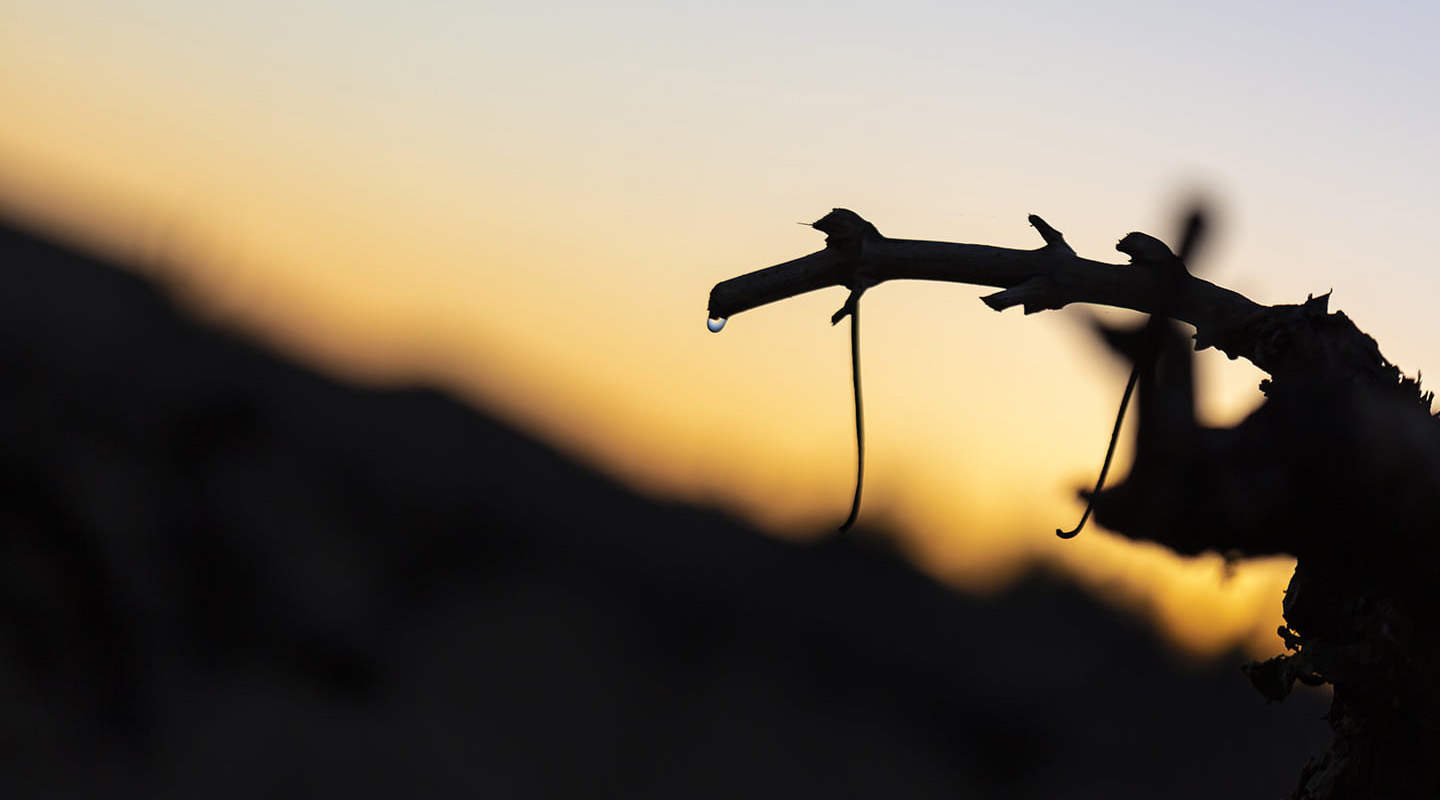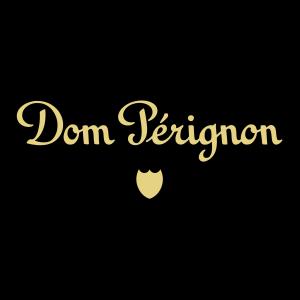Dom Perignon
唐培里侬
关于我们
-
产区Champagne
-
地址9 Avenue de Champagne, Epernay 51200, Champagne-Ardenne
-
葡萄园面积
-
电话+33 3 2651 2000
-
传真
-
网站www.domperignon.com
Dom Pérignon can trace its origins back to the Abbey of Saint Pierre d'Hautvillers in the Champagne appellation of France – the so-called birthplace of Champagne.
The 17th-Century Benedictine monk Dom Pierre Pérignon is credited with its invention after taking up the position as the abbey's cellarer and procurator in 1668. Pierre Pérignon spent the remaining 47 years of his life striving to create the "best wine in the world", with his wine even gracing the tables of the court of King Louis XIV, the "Sun King". To this day the Abbey of Saint Pierre d'Hautvillers houses the "Le Traité de la culture des vignes de Champagne", or the "Treaty on the culture of the vines of Champagne", which is a manuscript that was penned by Dom Pierre Pérignon’s pupil and successor.
The Dom Pérignon brand name was first registered by Eugène Mercier, the Founder of Mercier Champagne. He subsequently sold the brand to the Moët & Chandon Champagne house who used the Dom Pérignon name for its prestige cuvée first released in 1937. Both Moët & Chandon and Dom Pérignon are now part of the LVMH group with Richard Geoffroy, chef de cave since 1990, at the helm.
Dom Pérignon has set down its guiding winemaking principles in a manifesto. This document declares Dom Pérignon's commitment to vintage wine blended from Chardonnay and Pinot Noir grapes. Geoffroy is in charge of declaring a Dom Pérignon vintage. Indeed, he has achieved the rare feat of overseeing the release of five vintages in a row, from 2002 to 2006. Each vintage is unique, with grapes sourced from only the best vineyards in Champagne. Unlike most Champagne producers who harvest the grapes early, Geoffroy prefers to wait for the grapes to ripen slowly.
From 2014, Dom Pérignon abandoned the term oenothèque to describe its late-release Champagnes, but has instead replaced this with the term Plénitude. This style is achieved when the wine is left in contact with the lees for a slow, but active maturation. This process occurs in stages and is carefully monitored by the chef de cave. When a window of opportunity, or "Plénitude", presents itself the wine is disgorged and released to consumers.
Each vintage has three Plénitudes. The first occurs after approximately nine years and is called Dom Pérignon Vintage. The wine reaches its second Plénitude at approximately 12 to 15 years and this is Dom Pérignon P2, formerly known as the first oenothèque. The final Plénitude, Dom Pérignon P3, occurs after approximately 25 years.



